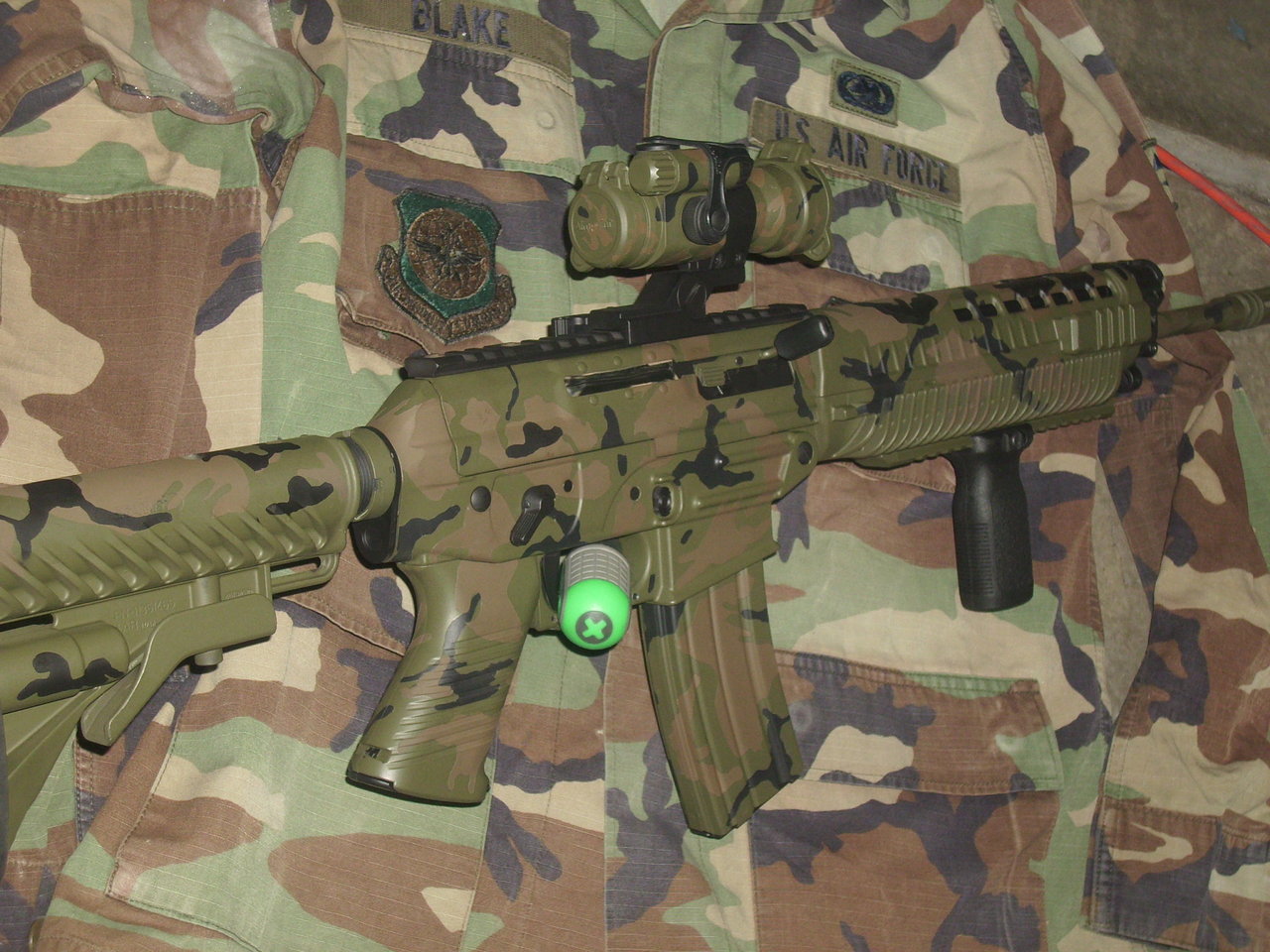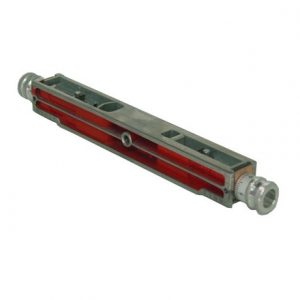
By The Gun Psychiatrist
In the Terminal Ballistics Research article, the author discusses the two types of rifles, the “accurate rifle” and the “inaccurate” rifle! According to the author, he/she defines an accurate rifle as one that can produce a 1” or less group at 100 yards. An inaccurate rifle is defined as one that produces 1.5” or greater groups at 100 yards.
It is no secret that most mass-produced factory ‘hunting’ rifles on the shelf at your local gun store are inaccurate out of the box. According to the author there are many things that can contribute to rifle inaccuracy, but there are also actions that can be taken to correct accuracy issues.
The following topics mentioned by the author will allow rifle owners to get the most accurate bang for their buck, per se. The topics mentioned cover upgrading your trigger, scope, or stock, including investing in a proper bedding job. There are also other factors that can contribute to accuracy issues like ammunition and mechanical flaws.
According to the article, installing a lightweight performance trigger will help tighten groups by eliminating the flinch experienced by most shooters upon firing. An upgraded trigger will not only achieve a 2lb pull on average, but will eliminate most pre-travel and take-up in the trigger, giving the shooter a clean, crisp break upon firing.
Next to a clean breaking trigger, ammunition selection is paramount to getting the most accuracy from your rifle. The author mentions that most factory ammunition is fairly accurate, yet nothing can match the accuracy of properly hand-loaded ammunition. Next to ammunition, it is best to have a quality scope properly mounted on your rifle. Scopes and mounting components of poor quality will not only cost more in the long run, but will break on a rifle with a significant amount of recoil.
Today there are many synthetic technologies that are used to craft factory stocks. Some of these synthetic stocks can produce an accurate rifle while others are cheaply produced, focusing quality only on aesthetics. Upgrading a stock to a properly fitted fiberglass or wood stock will not only become the canvas for a proper bedding job, it will help keep a shooter comfortable while shooting. Though there are very high quality synthetic stocks available on the market, bedding them can be a time consuming challenge.
Some accuracy issues that can plague a rifle with poor grouping are mechanical issues. The author mentions that these mechanical issues will stem from either the action or barrel. Some of the issues mentioned by the author pertain to the heat treating of barrels, machining of lug surfaces, and design flaws. One issue not mentioned by the author that will plague most mass-produced bolt actions, is an action that is quickly machined and not true.
Concentricity of the action side walls in relation to barrel and poorly cut threads on the barrels action will affect accuracy as well. Truing the action can be performed by a competent gunsmith and will generously improve a rifles accuracy. While on the topic on concentricity, the author also mentions chamber concentricity. Though the article uses concentricity to define total runout, concentricity is usually called out from a datum, centerline of another feature.
With respect to the article, runout and total runout are more applicable when discussing barrels, and the more mass-produced the rifle, the more a user will experience issues with runout. Runout is almost always prevalent on the drill’s exit of a bore than on the entrance.
Firearm manufacturers will usually reference an engineer call out as to the acceptable amount of runout on chamber and muzzle ends of a barrel. Naturally, a barrel with excessive muzzle runout will need to be re-machined and if present at the chamber, will need to be replaced. Both conditions will contribute to degraded accuracy.
There is also a human factor to effectively managing accuracy. Shooting technique (positioning), breathing technique, experience, and the rifle purchased are generally the human factors that will contribute to accuracy management. As I have discussed the author’s upgrades necessary to achieve an accurate rifle, the position of a shooter can positively or negatively affect a rifles accuracy. A proper breathing technique will also help a shooter manage accuracy, but is not mentioned by the author.
Though the author discusses a novice shooter easily achieving tight shot groups at 100 yards with an accurate rifle, the novice will have a more difficult experience when shooting 300, 600 or even 1000+ yards. Many factors like weather, spin drift, coriolis effect, etc, will come into play at longer distances and experience is critical for accuracy management at longer ranges. Even for the most seasoned shooter, a ballistics calculator is required at certain distances in order for a bullet to meet its intended target.
Also, it is fair to mention that one of the largest factors in any shooter’s ability to manage accuracy is a properly mounted and sighted scope. In my personal experience, I have seen improper mounting and sighting contribute to almost 85 percent of accuracy issues with any firearm that came through my shop. It is also worth investing in caliber specific laser bore sighters to assist with sighing-in scopes and reducing the amount of time spent at the range.
In closing, one of the bigger issues to managing accuracy, even in a properly mounted and sighted scope, is the user’s lack of understanding with focal plain. Most rifle owners have purchased a scope set-up in the second focal plane, yet never realize upon adjusting the magnification setting, the scope is immediately out of zero. This is not an issue with scopes set-up in the first focal plane (FFP) as the reticle will hold zero even when magnified. For the gunsmith, these scopes will be rare finds on a customer’s gun due to the price tag associated with the FFP scope.


